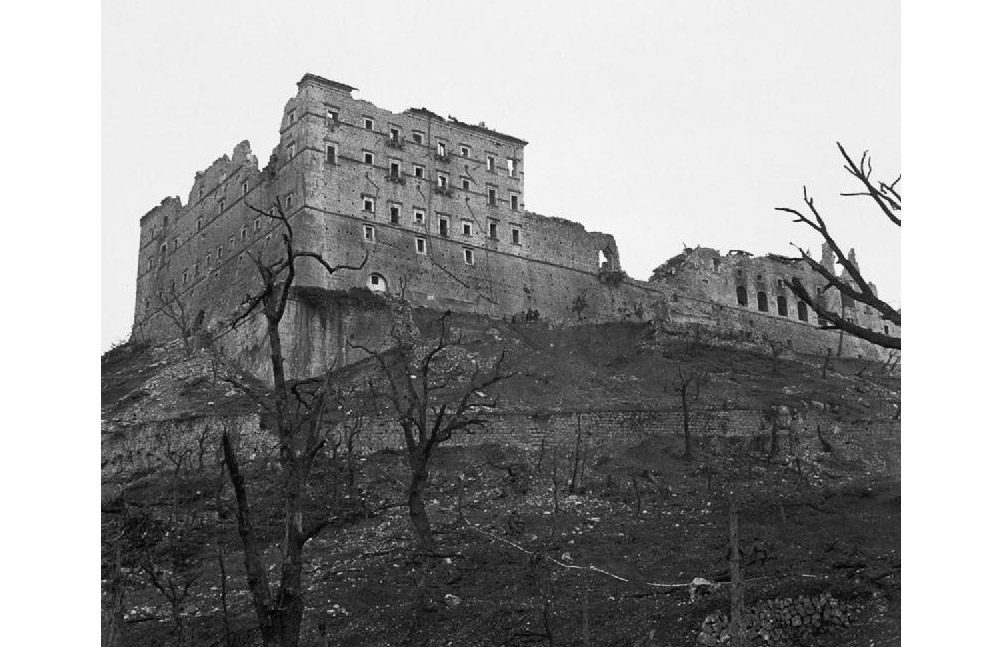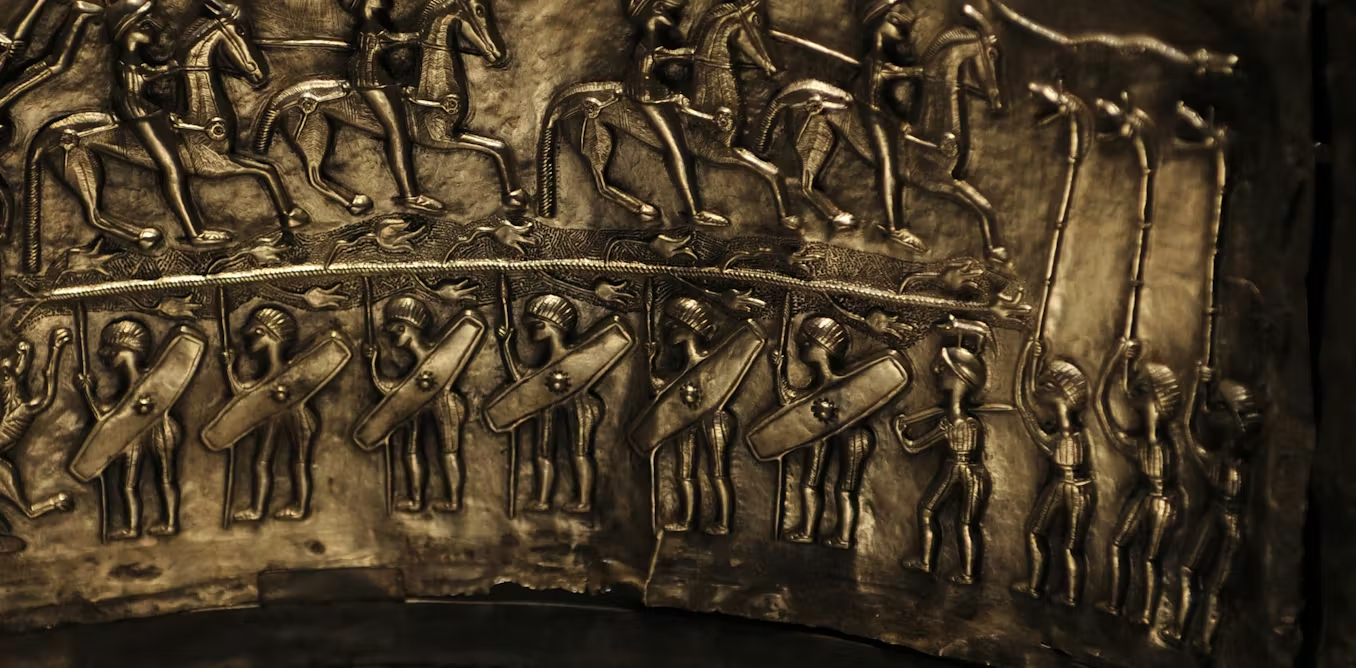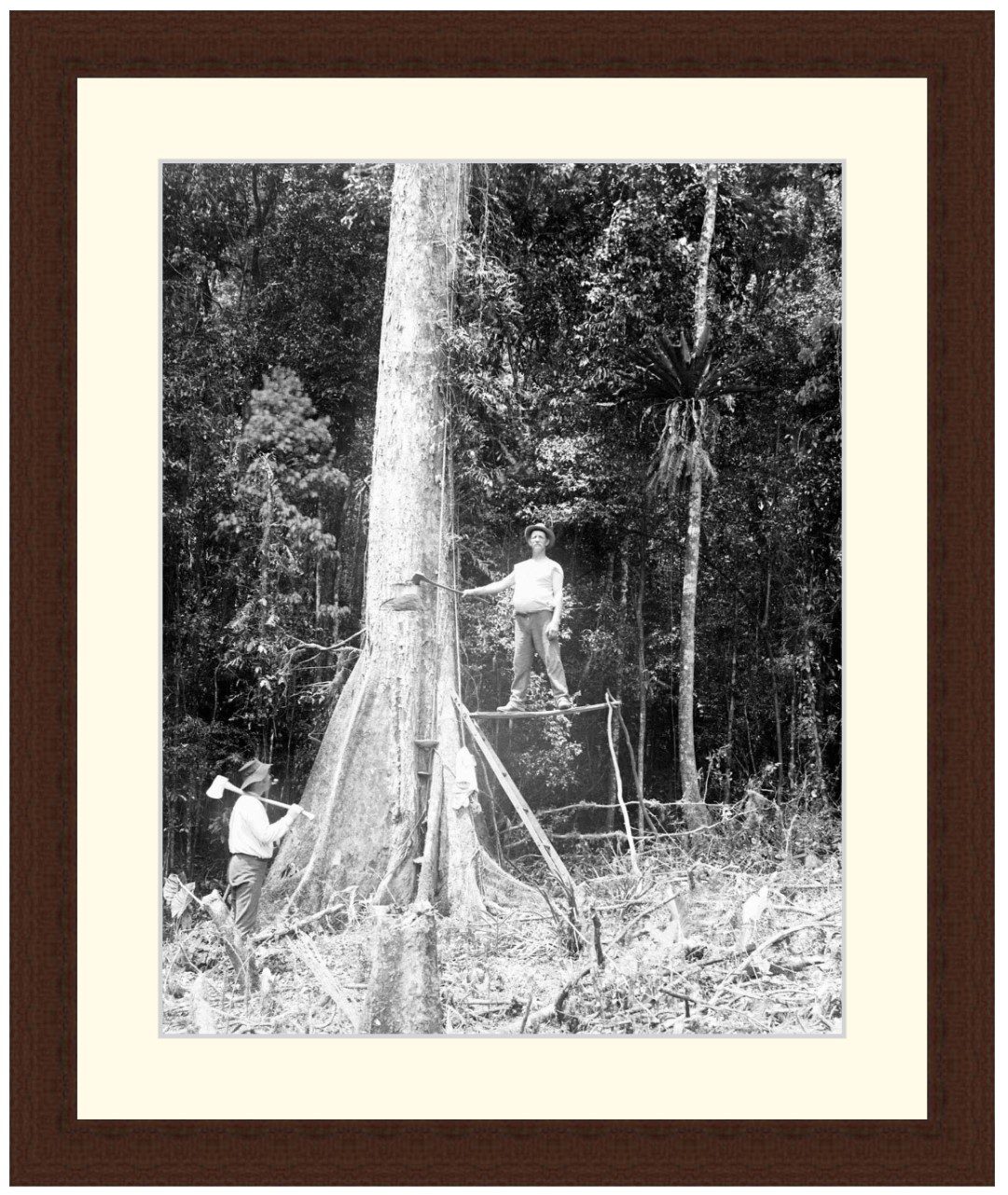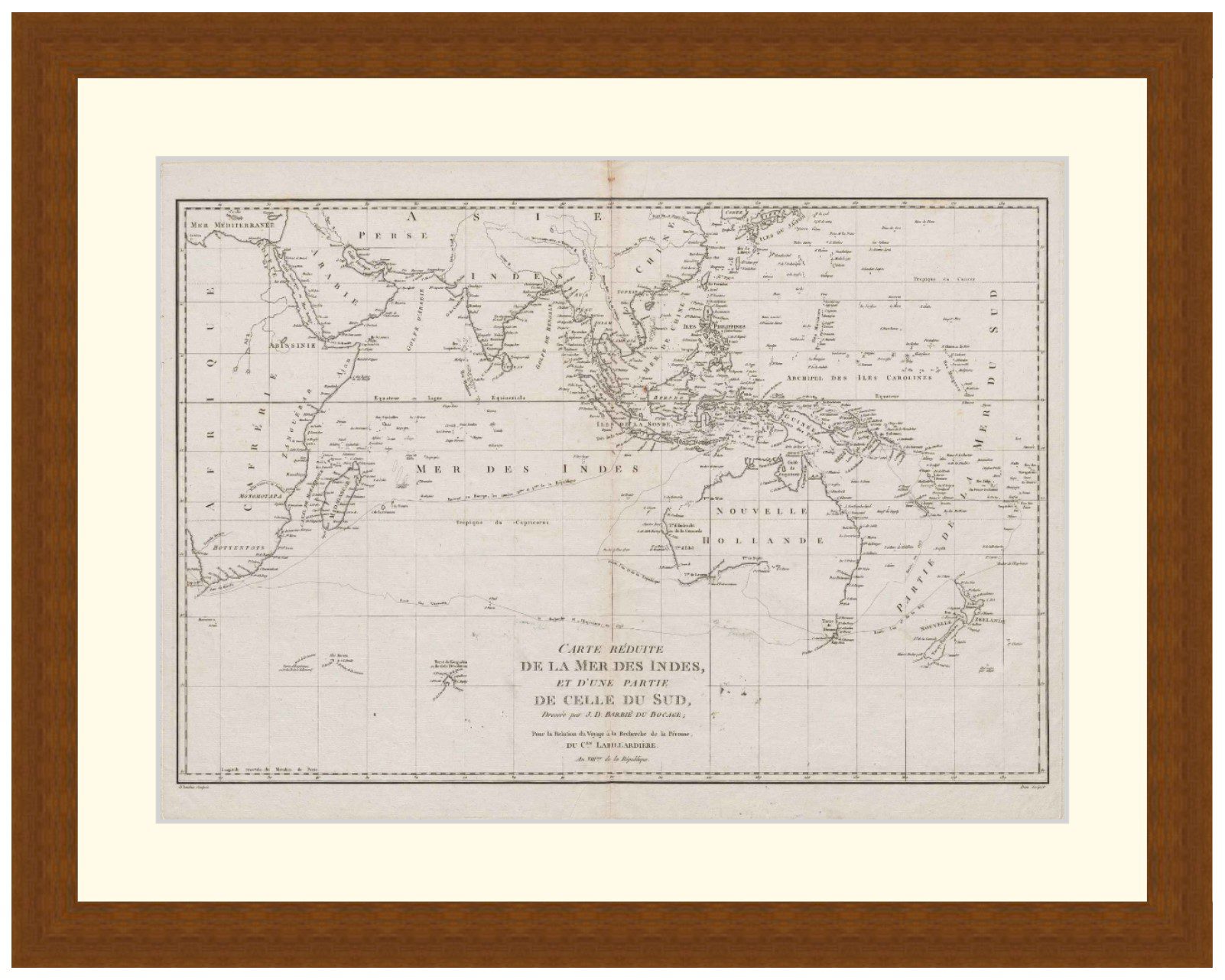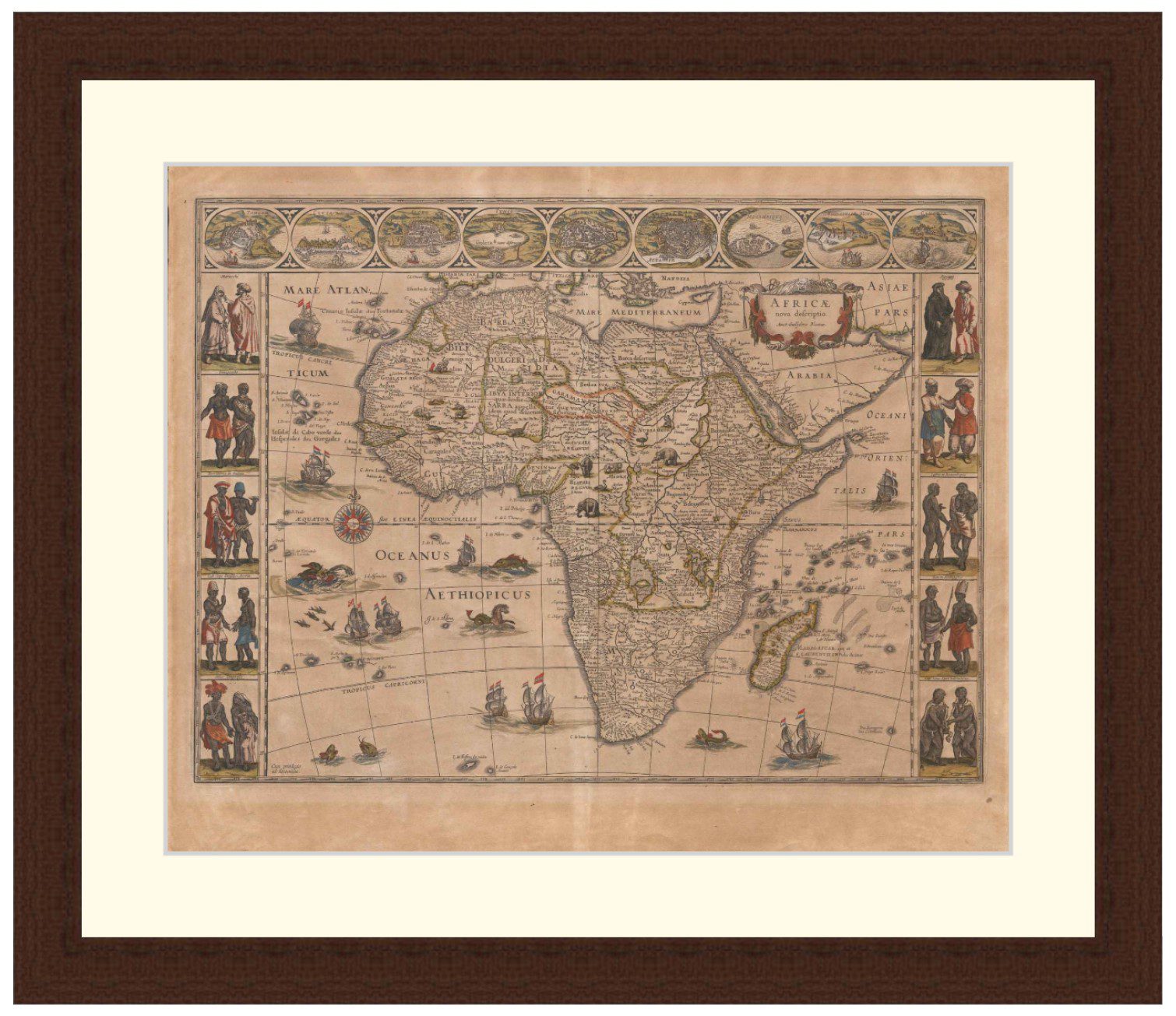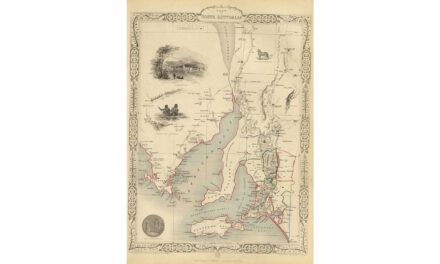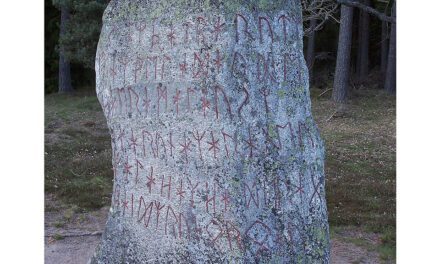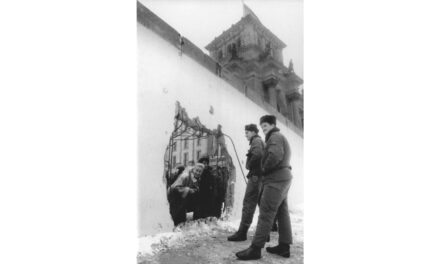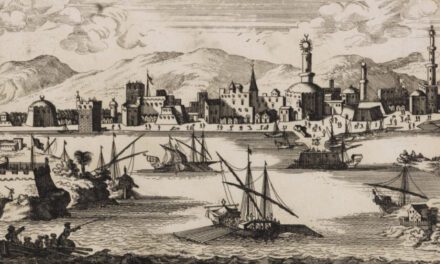The History Guild Weekly History Quiz.
See how your history knowledge stacks up.
Have an idea for a question? Suggest it here and we’ll include it in a future quiz!
Want to know a bit more about the questions in the quiz, or the story behind them? Read on!
1. The Battle of Monte Cassino was part of which conflict?
WW2 – The Battle of Monte Cassino was a costly series of four assaults by the Allies against the Winter Line in Italy held by Axis forces during the Italian Campaign of World War II. The intention was a breakthrough to Rome.
The US Air Force dropped 1,150 tons of high explosives and incendiary bombs on the Monte Cassino Abbey, reducing it to a smoking mass of rubble. The air raid had not been coordinated with ground commands and an immediate infantry follow-up failed to materialise. The rubble gave the German defenders perfect defensive terrain, allowing them to hold the position against determined allied attacks for several months.
2. In what year did women get the right to vote in Australia?
1902 – In 1902, Australia became the second country to grant women the vote and the first to permit women to stand for parliament. Always one step ahead, women in New Zealand had been given the vote in 1893 but they had to wait until 1919 for the right to enter government themselves. It took a further 41 years after the passage of the Commonwealth Franchise Act to see the first women enter Australia’s federal parliament.
3. Which group created the Double-Cross System?
MI5 – It was part of their campaign to turn German agents in Britain in WW2. For more read Deceptive Ineptitude: German Spies in WW2 Britain.
4. By what name was Jakarta formerly known?
Batavia – This was the name when it was ruled by the Dutch. For more on how the Dutch administered their empire read Blood and Pepper: The Aceh Wars.
5. What were the Punic Wars?
A series of wars between the Cathaginians and Romans – The Punic Wars were a series of wars that were fought between the Roman Republic and Ancient Carthage. The First Punic War broke out on the island of Sicily in 264 BC. It was regarded as “the longest and most severely contested war in history” by the Ancient Greek historian Polybius.
6. Which of these African countries largely escaped European colonisation?
Ethiopia – Find out which other African country also escaped.
7. Which country ruled the Netherlands until the Dutch revolt of 1568?
Spain – More about the Dutch revolt and it’s implications in creating a Dutch empire here.
8. Where did Robert Clive help the British Empire expand?
India – Read about Robert Clive here.
9. What weapon are these soldiers using?

Type 92 Woodpecker Heavy Machine Gun – a Japanese heavy machine gun, related to the Hotchkiss machine gun series. It entered service in 1932 and was the standard Japanese heavy machine gun used during World War II. Known for its reliability, it was designed by Kijiro Nambu and built by Hino Motors and Hitachi, its total production was about 45,000 guns. Major problems with this weapon included the short feed strips, which did not allow for as high a volume of fire as a belt-fed gun, and the oiler, which enabled better extraction in clean conditions but could bring dirt inside the gun in the field. The gun has an internal oil pump which is mechanically activated by the bolt. The oil pump dispenses a small amount of oil onto a brush, which then lubricates each cartridge as it is fed into the gun.
10. What city are the terracotta warriors closest to?
Xi’an – Xi’an is a large city and capital of Shaanxi Province in central China. Once known as Chang’an (Eternal Peace), it marks the Silk Road’s eastern end and was home to the Zhou, Qin, Han and Tang dynasties’ ruling houses. At archaeological sites in Xi’an’s surrounding plains are the famed Bingmayong (Terra Cotta Army), thousands of life-size, hand-moulded figures buried with China’s first emperor, Qin Shi Huang.
Articles you may also like
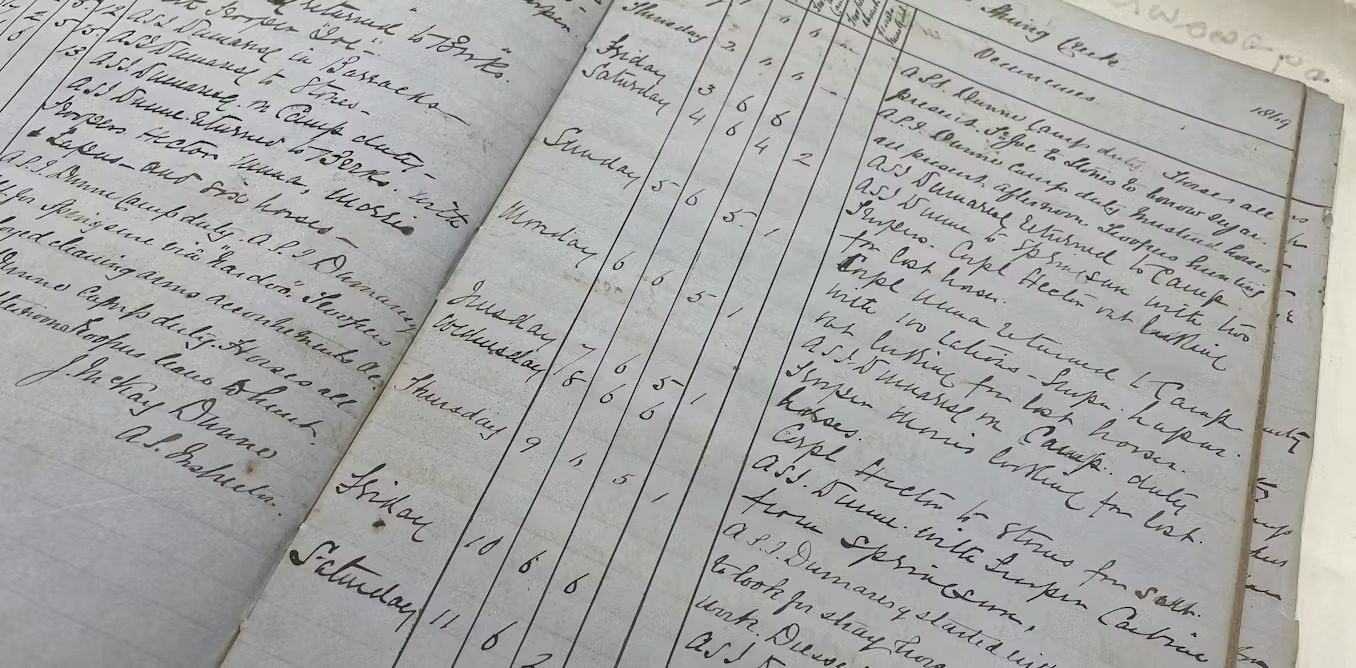
Our mapping project shows how extensive frontier violence was in Queensland. This is why truth-telling matters
Reading time: 6 minutes The Native Mounted Police operated in Queensland for 80 years, starting in 1849. It consisted of small groups of between six and 15 Aboriginal troopers under the command of white officers. The troopers were typically recruited from areas far from where they were sent to serve. Detachments of troopers were regularly sent out on patrol, covering large areas along the frontier of the colony in pursuit of Indigenous people who were considered to be “problematic”. Their main job was to protect civilian settlers, the lands they had taken up, and their livelihoods – by whatever means necessary.
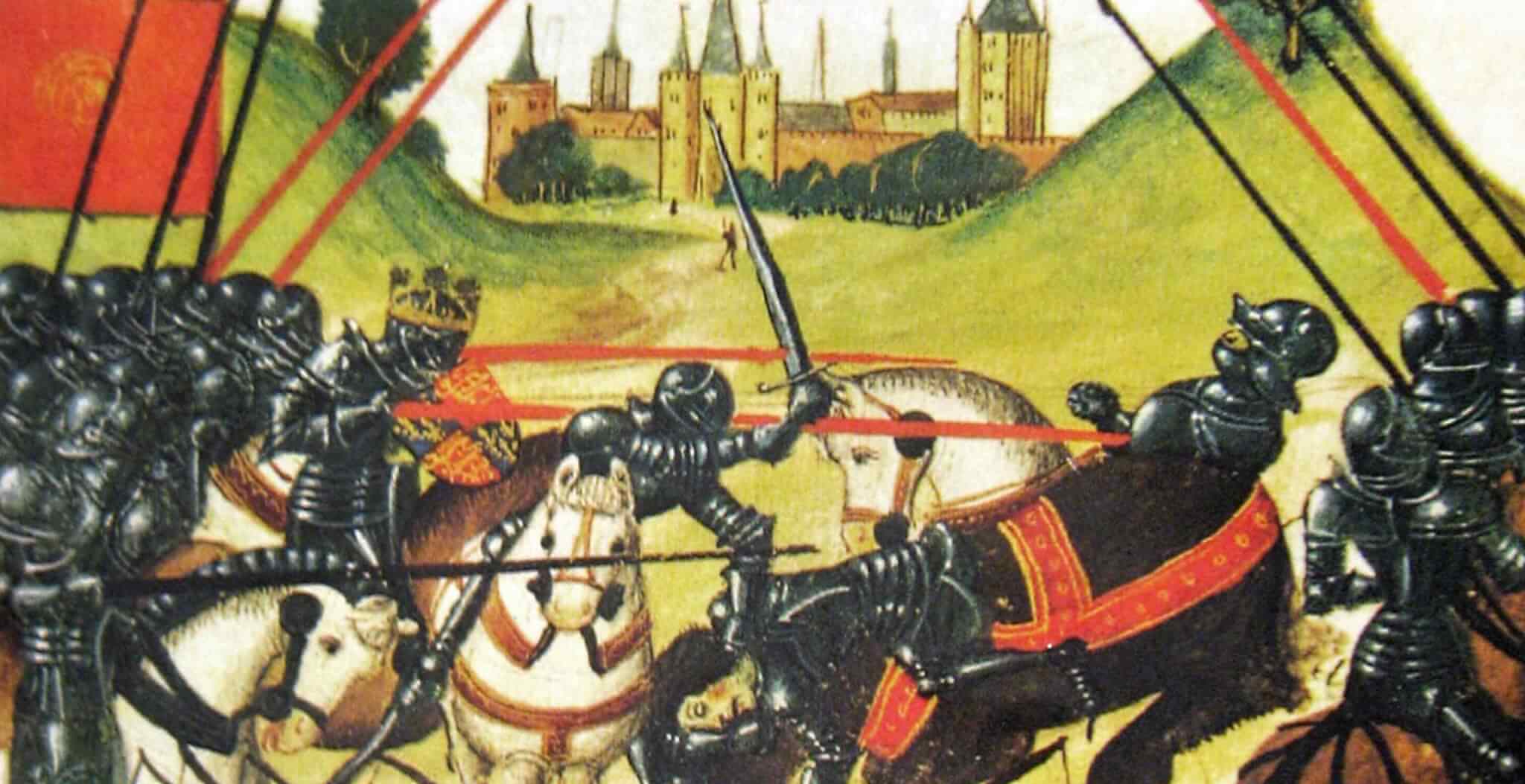
Wars of the Roses: how the French meddled in this very English conflict
Reading time: 6 minutes
The Wars of the Roses are normally portrayed as a series of battles between two warring houses, York and Lancaster, over who was rightly king of England. However, they were about much more than that. In many ways, the wars were really about standards of government.

